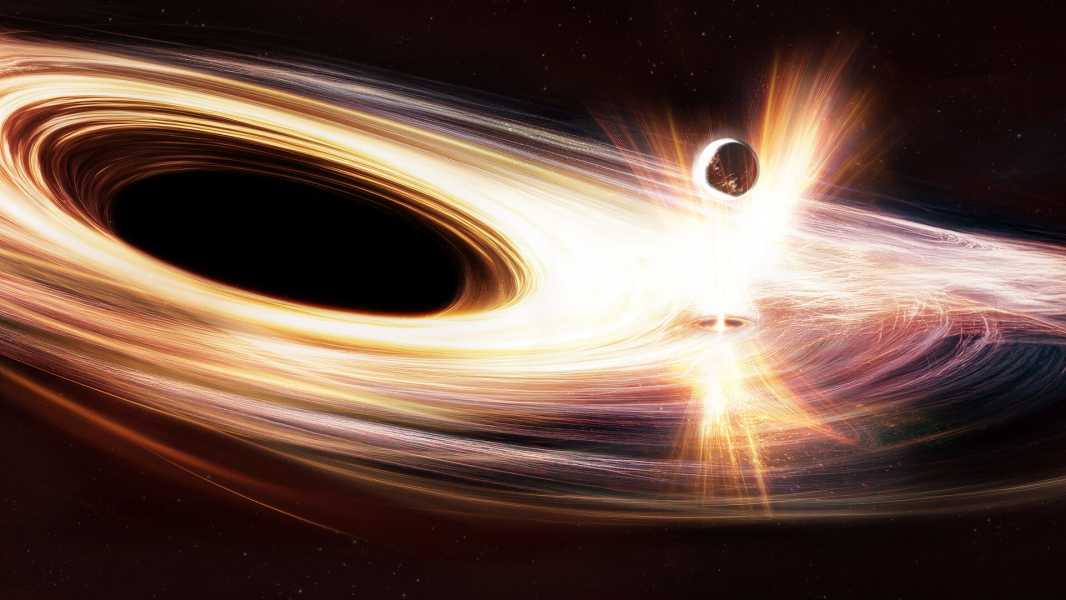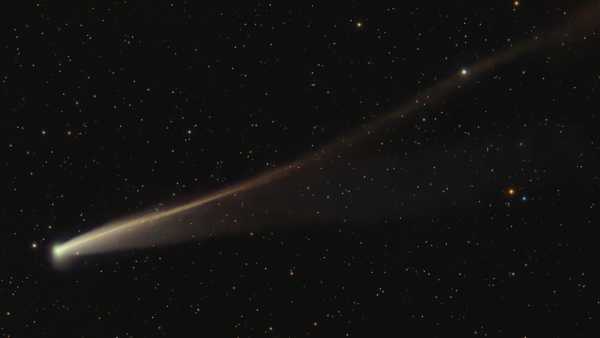
Illustration of an object causing a burst of energy near a supermassive black hole (Image credit: ESA)
In December 2019, an ordinary galaxy located 300 million light-years away in the constellation Virgo suddenly “woke up.” After decades of dormancy, the black hole at the center of the galaxy began to emit light. Now the cosmic giant appears to be performing actions that are forcing astronomers to reconsider their ideas about such enormous celestial bodies.
The black hole is now emitting powerful X-rays at nearly regular intervals. These emissions are called quasi-periodic eruptions (QPEs), and they have been seen around other black holes. However, the bursts seen here are 100 times stronger than usual, according to the new study. First detected in February 2024 by astronomers at the University of Valparaiso in Chile, these events provide scientists with a unique opportunity to study a black hole that appears to be emerging from its dormant state with no sign of going back to sleep.
A team of researchers led by the Valparaiso team published their observations of the black hole's QPE in a study published April 11 in the journal Nature Astronomy. These events not only provide astronomers with a new perspective on black holes, but also prompt researchers to rethink the behavior of such objects.
You may like
Sourse: www.livescience.com





